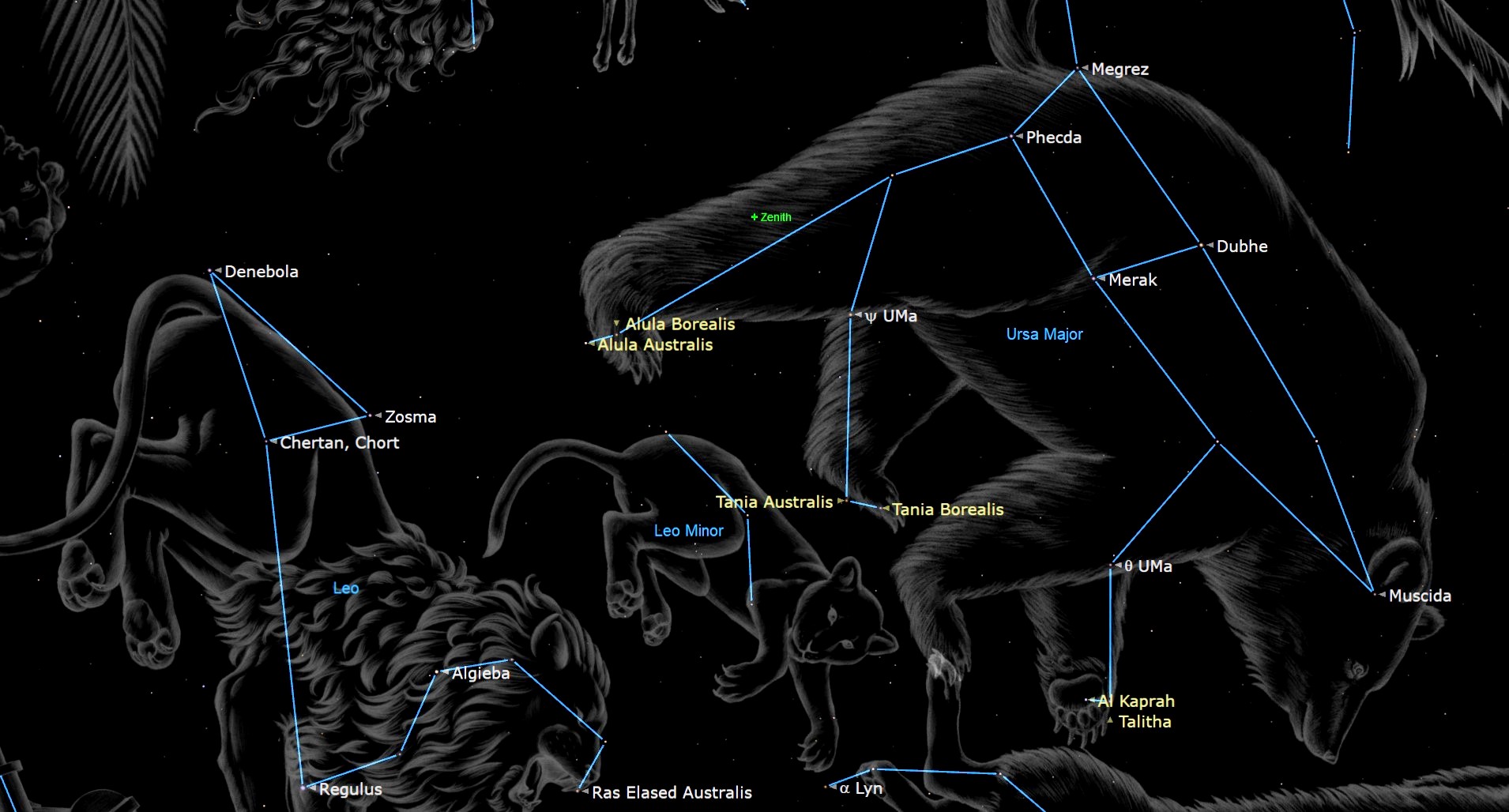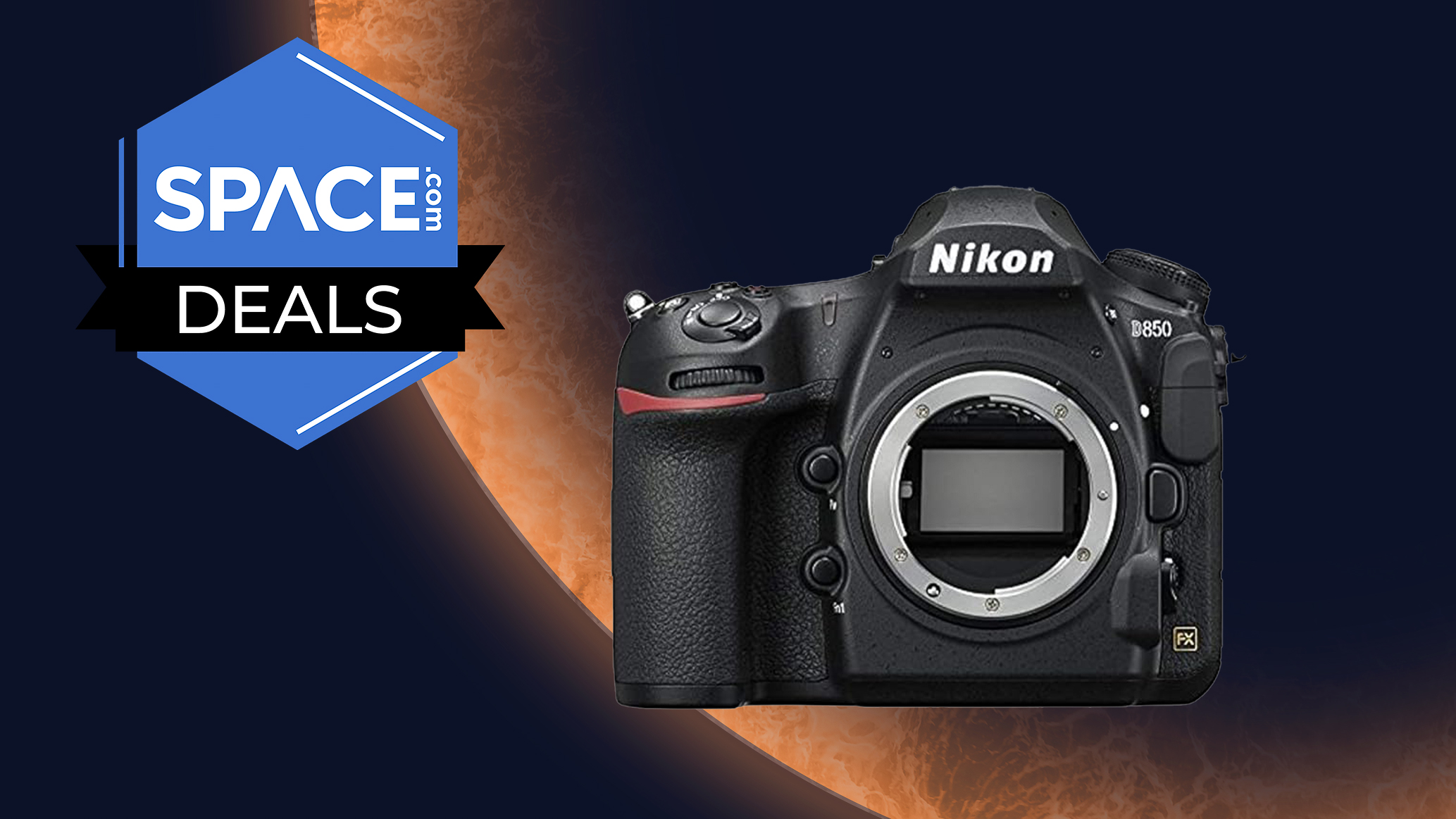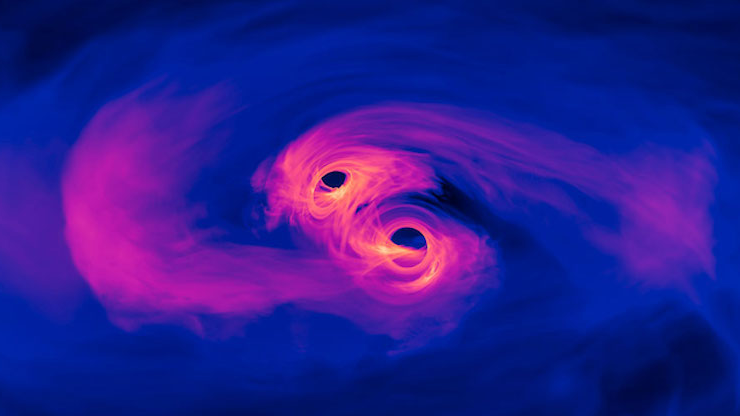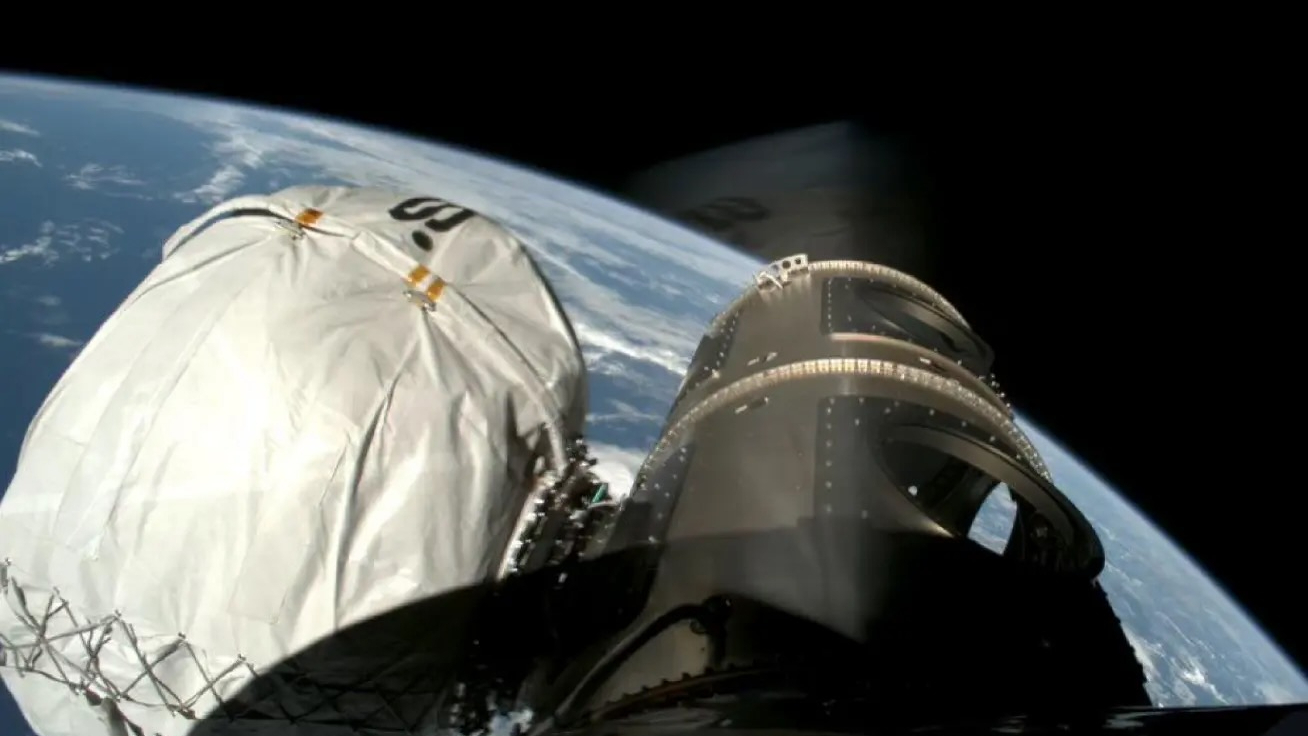Wanted: Private Robot Moon Lander Ideas for NASA
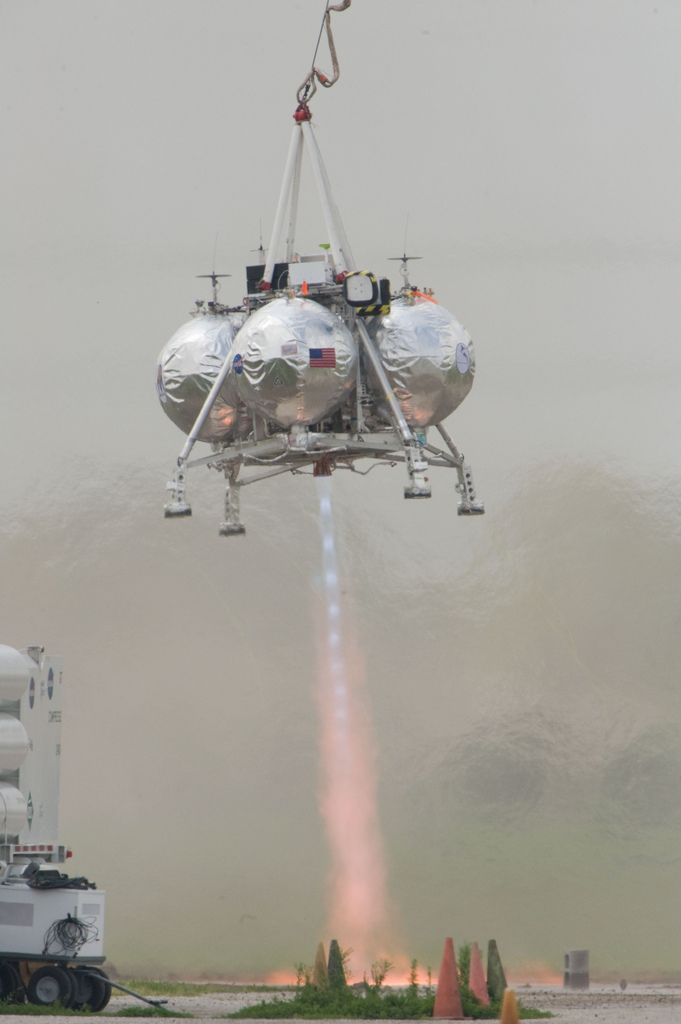
NASA is looking for innovative new ideas for robotic missions to the moon, and the space agency hopes private spaceflight companies may have the right stuff to help out.
This month, the space agency rolled out its new Lunar Cargo Transportation and Landing by Soft Touchdown initiative (dubbed Lunar CATALYST for short) to give private companies a chance to develop robotic moon landers with help from NASA. While the space agency won't provide any funding for the commercial projects, private companies selected for the program will have access to a range of NASA perks.
"We're doing this to support lander development," Jason Crusan, director of advanced exploration systems at NASA said in a teleconference with reporters today (Jan. 27). "We can offer NASA contributions to those partners such as NASA technical expertise, access to our facilities, loan of equipment or software at no cost to those partners to help them accelerate their capabilities to get a landing capability that's commercially viable for them." [21 Most Marvelous Moon Missions Ever]
Lunar CATALYST is expected to help support lunar landing development for commercial purposes — like moon mining — while potentially helping out with new science and technology advancement in the process, NASA officials said. The lunar missions could also serve as a stepping-stone for getting into deeper destinations in space like Mars sometime in the future, Crusan said.
Private companies have already shown interest in participating in the new initiative. More than 50 entities called in to a conference call describing the potential new partnership. "We see considerable interest from the private sector, and we're looking forward to their proposals," Crusan said.
NASA officials expect that there will be multiple teams chosen for partnerships, however, that number hinges upon how much support and resources the partners would require.
Companies chosen to participate could have access to NASA's Mighty Eagle and the agency's Morpheus lander — two prototype landers that could be launched to explore the moon or other cosmic objects.
Get the Space.com Newsletter
Breaking space news, the latest updates on rocket launches, skywatching events and more!
Google has already launched a race to the moon for private companies with its $30 million Google Lunar X Prize. To win that contest, competitors must send a robot to the moon, move it 1,640 feet (500 meters) and relay data, video and images back to Earth. Companies hoping to compete in for the prize need to be ready to launch by Dec. 31, 2015. Competing for the X Prize does not eliminate a company from participation in the Lunar CATALYST partnership but the goals for the initiative are different.
"What we really want to do is enable a robust private sector capability and not just have it reside within the U.S. government," Crusan said. "It's one thing for NASA to do it once, but it's a whole other thing to build upon and build an entire ecosystem of suppliers out there."
This initiative is not a new kind of partnership for NASA. The space agency is currently working with private companies under the Commercial Crew Program — aimed at developing a means of sending astronauts from the United States into low-Earth orbit using privately built spacecraft.
The deadline to submit finalized proposals for the Lunar CATALYST initiative is March 17, 2014. Find out more information from NASA: http://www.nasa.gov/lunarcatalyst/#.UuZo5WQo7KF
Follow Miriam Kramer @mirikramer and Google+. Follow us @Spacedotcom, Facebook and Google+. Original article on SPACE.com.
Join our Space Forums to keep talking space on the latest missions, night sky and more! And if you have a news tip, correction or comment, let us know at: community@space.com.

Miriam Kramer joined Space.com as a Staff Writer in December 2012. Since then, she has floated in weightlessness on a zero-gravity flight, felt the pull of 4-Gs in a trainer aircraft and watched rockets soar into space from Florida and Virginia. She also served as Space.com's lead space entertainment reporter, and enjoys all aspects of space news, astronomy and commercial spaceflight. Miriam has also presented space stories during live interviews with Fox News and other TV and radio outlets. She originally hails from Knoxville, Tennessee where she and her family would take trips to dark spots on the outskirts of town to watch meteor showers every year. She loves to travel and one day hopes to see the northern lights in person. Miriam is currently a space reporter with Axios, writing the Axios Space newsletter. You can follow Miriam on Twitter.
